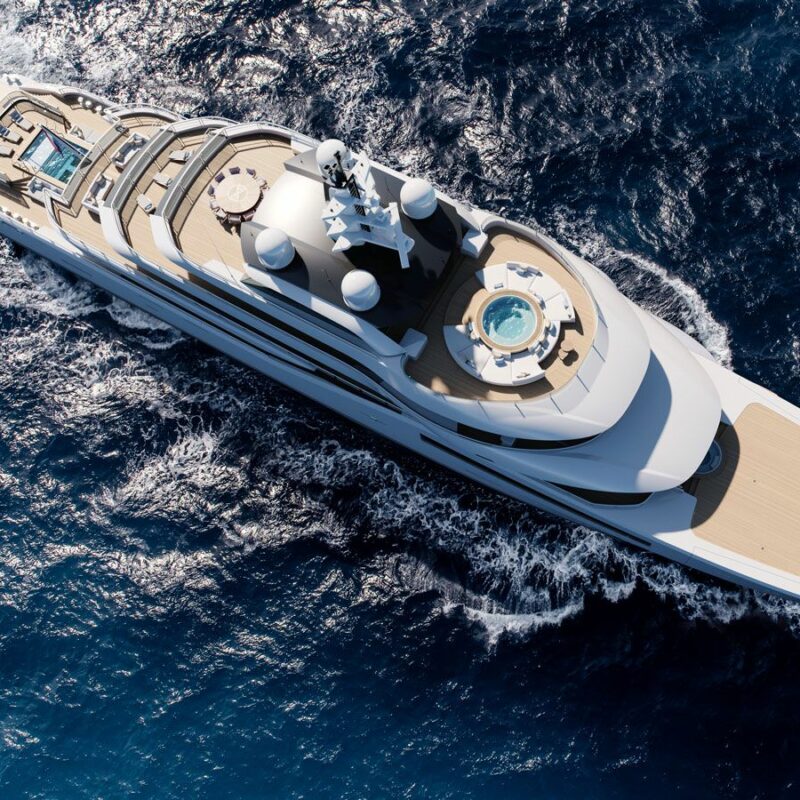We will be by your side through the entire process of acquiring your dream yacht. Our team of experts will work hand in hand with you to obtain a clear understanding of your requirements and budget, handpicking a selection of the most suitable yachts for your needs. With our vast global network, we are able to source both motor and sailing yachts ranging from 30 – 120 meters from any location in the world.

Brokerage Purchase
Looking for a new sea-faring sweetheart?







Search for Yachts
Search for Yachts
Length
Year
Price
MORE FILTERS
LESS FILTERS

92
CLAIRE
26.13 m
4 Cabins
8 Guests
€ 4,505,855

89
TEAM MAYHEM
24.38 m
5 Cabins
€ 7,156,815

26
BT2
28.95 m
4 Cabins
€ 2,815,630

125
Surplus Lines
29.56 m
4 Cabins
8 Guests
€ 6,441,134

40
MOZZ II
26.82 m
4 Cabins
10 Guests
€ 2,800,000

68
MINE
26.82 m
4 Cabins
8 Guests
€ 3,990,000

36
MOWANA
26.38 m
4 Cabins
€ 7,969,127

31
Absolute 62
18.89 m
3 Cabins
5 Guests
€ 2,390,838

45
2015 Riviera 565 SUV
17.06 m
3 Cabins
€ 1,380,573

37
Canados Gladiator 493
15.5 m
2 Cabins
4 Guests
€ 1,390,000

37
JACQPOT
31.8 m
4 Cabins
8 Guests
€ 11,312,385

34
ROCK X
27.43 m
4 Cabins
8 Guests
€ 7,757,895